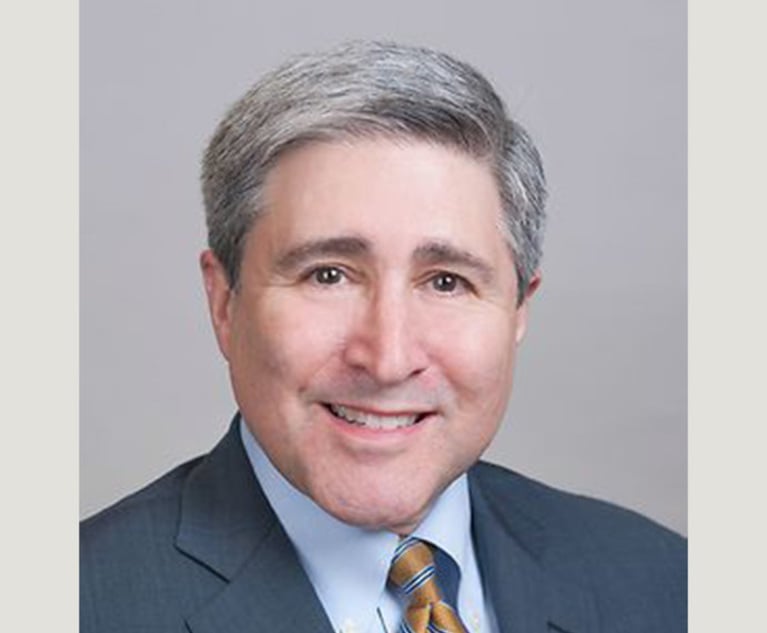 When he was named Boeing's treasurer in April 2008,David Dohnalek could not have imagined the liquidity issues thecompany would be facing a scant six months later. Boeing does halfits business with the U.S. government through defense contracts andthe other half with commercial customers. The company, with $68billion in 2009 revenue, normally has strong working capital thanksto how it structures its contracts.
When he was named Boeing's treasurer in April 2008,David Dohnalek could not have imagined the liquidity issues thecompany would be facing a scant six months later. Boeing does halfits business with the U.S. government through defense contracts andthe other half with commercial customers. The company, with $68billion in 2009 revenue, normally has strong working capital thanksto how it structures its contracts.
But September 2008 was anything but normal. First, themachinists union went out on strike, grounding plane production. Aweek later, Lehman Brothers declared bankruptcy, sending thecapital markets into a tailspin.
|
David Dohnalek
|Recognizing that liquidity was key, Boeing's treasury “rolled upits sleeves” and instituted changes to improve cash management andforecasting, Dohnalek says. While some improvements weretechnology-based, most involved monitoring metrics and coordinatingamong the company's global business units. “We did a number ofvalue-stream mapping exercises, where you break down a process intoits elements to see where it can be improved,” says Dohnalek, 51.The result? Boeing's working capital position improved by $2billion beyond its goal.
|But that was just one challenge facing Boeing. It needed toraise $7.5 billion to invest in ongoing research and development,and to complete the design and certification of its 737 Dreamlinerand the 747-8. Rather than raise all the money at once, treasurytapped the market in four separate deals. “We took this stepapproach to take advantage of the improving bond rate environmentwhich we thought was going to happen during the year,” saysDohnalek. Boeing also wanted to demonstrate to rating agencies thatit could digest the debt. The strategy paid off: The companyachieved some of the lowest coupons in its history.
|Another achievement was Boeing's pension plan, which had 15%returns in 2009 thanks to a timely shift to a liability-driveninvestment (LDI) strategy. The company went from investing itspension assets according to the traditional 65% equity, 30% bondsplit to allocating more than 50% to bonds and just 25% to 30% toequities. “By doing that, we saved some $4 billion in asset value,”says Dohnalek, given the plunge in equities last year. The pensionplan was 88% funded as of yearend 2009.
|While Boeing is feeling a tailwind as the economy mends,Dohnalek has no intention of letting up on the best practices heinstituted. “We sometimes get the question [from the businessunits]: 'When can we stop doing these daily calls, when can we getback to normal?'” Dohnalek says. His answer? “This is thenew normal.”
Complete your profile to continue reading and get FREE access to Treasury & Risk, part of your ALM digital membership.
Your access to unlimited Treasury & Risk content isn’t changing.
Once you are an ALM digital member, you’ll receive:
- Critical Treasury & Risk information including in-depth analysis of treasury and finance best practices, case studies with corporate innovators, informative newsletters, educational webcasts and videos, and resources from industry leaders.
- Exclusive discounts on ALM and Treasury & Risk events.
- Access to other award-winning ALM websites including PropertyCasualty360.com and Law.com.
*May exclude premium content
Already have an account? Sign In
© 2024 ALM Global, LLC, All Rights Reserved. Request academic re-use from www.copyright.com. All other uses, submit a request to [email protected]. For more information visit Asset & Logo Licensing.








